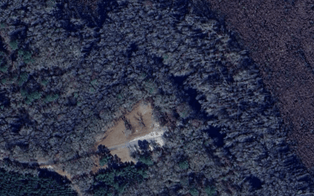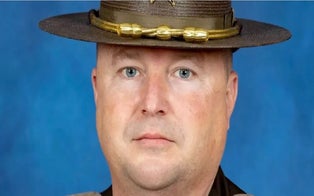The 911 recordings from the Asiana Airlines plane crash in San Francisco were just released, causing some to ask if the operators handled the situation correctly. INSIDE EDITION reports.
A panicked passenger in a just-released 911 call begged for more ambulances 20 minutes after an Asiana Airlines flight crash-landed in San Francisco.
911 Operator: "Were you on the plane, ma'am?"
Caller: "Yes, I was on the plane. We've been on the ground, I don't know, 20 minutes, a half hour. There are people laying on the tarmac with critical injuries, head injuries. We're almost losing a woman here. We're trying to keep her alive."
Now, questions are being raised about the way emergency responders handled the disaster.
Scores of passengers were injured and two Chinese teenagers were killed, one of them run over by a fire truck rushing to the scene.
One passenger calling 911 said there were plenty of fire trucks responding, but not enough ambulances.
Caller: "There's a bunch of fire trucks and a couple ambulances, one or two, but there's a lot of people hurt and on the ground."
Another passenger, who crawled out of the burning plane's wreckage and scrambled down an exit chute, also told 911 there were no ambulances in sight.
Caller: "We just got in a plane crash and there are a lot of people that need help."
911 Operator: "Are you with a lot of the ambulances that are there?"
Caller: "No, they are not. We have people over here who weren't found and they're burned really badly."
San Francisco officials say the ambulances couldn't come too close to the plane for fear it might explode.
INSIDE EDITION spoke via Skype to fire department spokesperson Mindy Talmadge.
"The medical personnel were on the field. They were doing their triage as they're supposed to do. They were separating out and prioritizing the patients and getting those most critically injured rapidly transported to the hospital," Talmadge said.
In another 911 call, the caller said she had been waiting 20 minutes for an ambulance.
Caller: "There are people injured on the tarmac, seriously injured."
911 Operator: "Ma'am."
Caller: "And no ambulances."
911 Operator: "Ma'am, we have reports of it. We're aware of the situation."
Caller: "There are no ambulances here. We've been on the ground 20 minutes, critical injuries. Hello?"
911 Operator: "Yes, I'm still here."
INSIDE EDITION spoke to Jerry Turk, whose company trains 911 operators around the world.
"It's very easy with hindsight to listen to a recording and say 'Well you didn't sound too thoughtful about that.' What is key to these things is, responders got there," Turk said.
We're now learning that the pilot at first instructed flight attendants not to order an evacuation of the plane.
Ninety seconds later, a flight attendant saw flames. Only then were the doors opened and passengers scrambled to get down the exit chutes.
The flight attendants, one in a wheelchair, made a brief appearance at an airport news conference but were too distraught to speak.
The pilot now says he was temporarily blinded by a flash of light 30 seconds before the crash, but investigators are skeptical.






